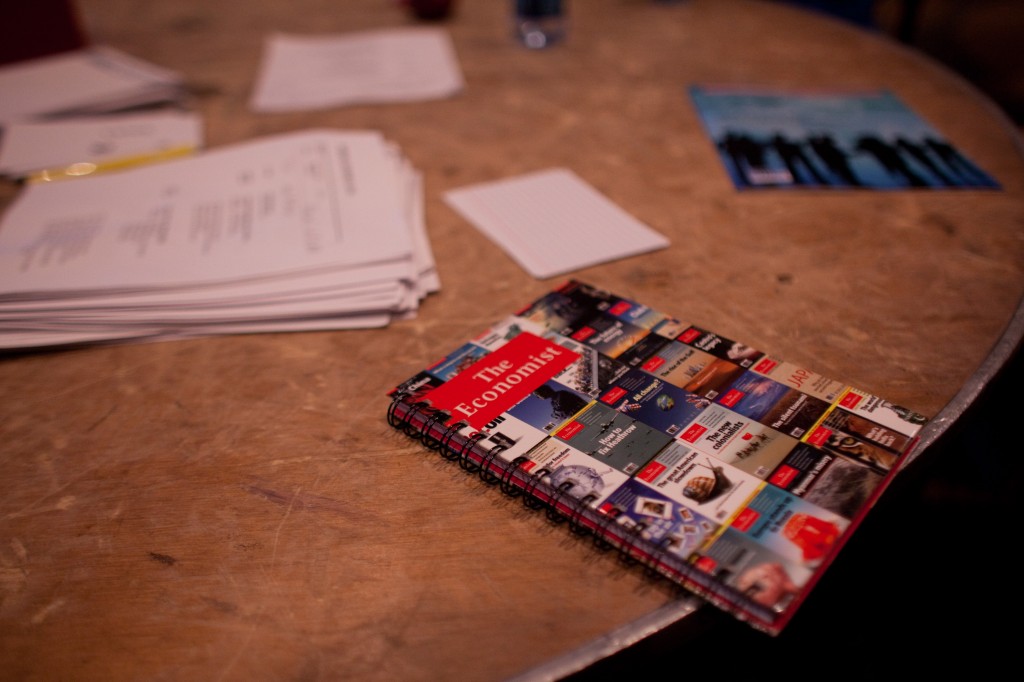The slides from my The Economist: Ideas Economy talk, and the text below.
The title of my talk “no photos”.
Today I’d like to share something that is fundamentally changing the way I work, and that will fundamentally change the way each of you think about and interact with the world around you.
Many of you are no-doubt familiar with the quote attributed to William Gibson – “the future is here, it’s just not evenly distributed”. In my role at frog design I spend a lot of time with the people and places that for one reason or another are likely to be provide a clearer glimpse of the future. Most people associate this kind of research with global hotspots like London and New York, Shanghai or Tokyo, but increasingly it involves travelling to places that are off the beaten track.
So a month ago today I headed out to Afghanistan to explore mobile banking – people carrying about financial transactions through their mobile phones – in a society where less than 3% of the population have bank accounts, and where there is very limited trust in the formal banking sector, and there are high levels of bribery – in this environment mobile phone banking has the potential to be a highly disruptive technology.
One of the things I love about more extreme research locations is how they force us to deal with issues that are prevalent everywhere, but just not quite so obvious – it can apply to the data we collect but also to how we collect that data, and how we deal with that data within our organisation.
As you might imagine of my time in Afghanistan gaining access to the different demographics was difficult enough, it was Ramadan, the temperature was in the low 100’ and the extreme gender split makes the usual modes of this kind of contextual research very difficult.
And it is an environment where personal weapons are very much part of the urban landscape, and where there is always a bigger picture to what you see on the ground. Having a team on the ground without security backup is not a decision to be taken lightly.
The fundamental shift that was drawn into focus is this:
5 years ago when we were conducting street research one of our team would document the research with a camera, it was a one way process.
3 years ago – pretty much no matter where you are in the world when our camera comes out our participants would bring out their camera phones and start documenting us – there interaction with us was just another experience to share with their friends.
Today what is being shared is far more likely to end up online – its searchable, linkable and typically associated with a person, time and place.
Each one of these shifts changes the questions I ask as an individual, and as representatives of an organization or client, it also changes the how we think about and use the data. But fundamental shift is yet to occur…
[pause]
Within a few years time, in any part of the world where there is a cellular data connection you’ll be able to point camera phone at someone’s face and know within a reasonable time-frame and level of certainty who they are, their history and their history of interactions. And the same goes for them of you.
The question is: who is pointing the camera?
Who are they sharing with?
And what motivates them?
The age of the impartial observer is dead.

One Trackback
[…] This post was mentioned on Twitter by Daniel Bachhuber, Peter Stoyko. Peter Stoyko said: IDEAS. @janchip speech'n'slides: http://janchipchase.com/2010/09/the-ideas-economy/ #in #ideaeconomy […]